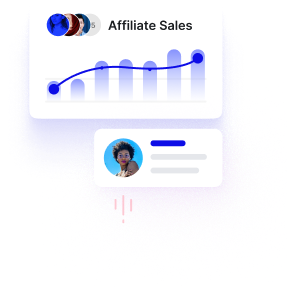Summary: Enhancing Influencer Marketing with Upfluence
Upfluence, a leading platform in influencer marketing, provides tools to effectively track and analyze a multitude of influencer statistics, as illustrated by data from the brand Roger Dubuis. By leveraging Upfluence’s analytics capabilities, brands can gain insight into campaign performance, creator engagement metrics, and audience demographics, thereby facilitating data-driven decision-making.
Tracking and Analyzing Influencer Statistics
Upfluence enables brands to collect extensive data on influencer campaigns, encapsulated by key metrics that reflect performance over predefined durations, such as the three-month period observed in Roger Dubuis’ campaign. The platform captures total posts, creator diversity, engagement rates, media type performance, and geographic distribution of influencer activity. For example, Roger Dubuis collaborated with 111 creators, achieving a notable engagement rate of 4.11%. Upfluence facilitates the breakdown of this engagement by gender, showing a distinctive split with 56.52% male and 43.48% female representation, which is instrumental for brands targeting specific demographics.
Additionally, Upfluence efficiently compiles data on media types—such as carousels (44.85%), images (26.06%), and reels (29.09%)—enabling brands to analyze which formats resonate best with their audience. The platform quantifies cumulative interactions, like likes (961,365) and comments (8,285), offering a holistic understanding of audience engagement under various campaigns. The ability to track top-performing creators, the number of mentions (like the dominant ‘goldrushrally’ with 30 mentions), and country-level engagement rates (for example, Switzerland leading engagement at 0.87%) empowers brands to pinpoint influential partners in targeted markets.
Optimizing Influencer Marketing Strategy with Upfluence
With the insights gained from Upfluence, brands like Roger Dubuis can refine and enhance their influencer marketing strategies. Firstly, by analyzing engagement data, Roger Dubuis can determine which types of content successfully engage their audience. Given the high usage of carousel and reel formats, the brand might prioritize these media types for future campaigns to maximize consumer interaction and brand visibility.
Secondly, understanding gender demographics allows for tailoring content to better align with audience interests. If the target market skew towards a particular gender, the contents and messaging can be adjusted accordingly to further boost engagement. Moreover, the engagement rates from different countries indicate potential markets for expansion. With Switzerland performing notably well, Roger Dubuis might consider orchestrating more campaigns targeting consumers in this region, potentially collaborating with local influencers who understand the nuanced preferences of their audience.
Furthermore, Upfluence’s abilities to identify and categorize top-performing creators can significantly inform future partnerships. By examining the effectiveness of established influencers such as ‘goldrushrally’, brands can negotiate more favorable terms with these key players, potentially scaling their reach and effectiveness. This data also supports the positioning of new creators who may offer youthful, relatable content that resonates with emerging consumer segments.
In conclusion, Upfluence offers a comprehensive framework for brands like Roger Dubuis to track and optimize their influencer marketing campaigns. By harnessing the power of analytics, brands can not only enhance engagement rates through optimized content formats but also strategically align with creators and expand into high-performing markets. This approach ensures a data-driven pathway to achieve marketing goals while maximizing return on investment in the influencer marketing landscape.






